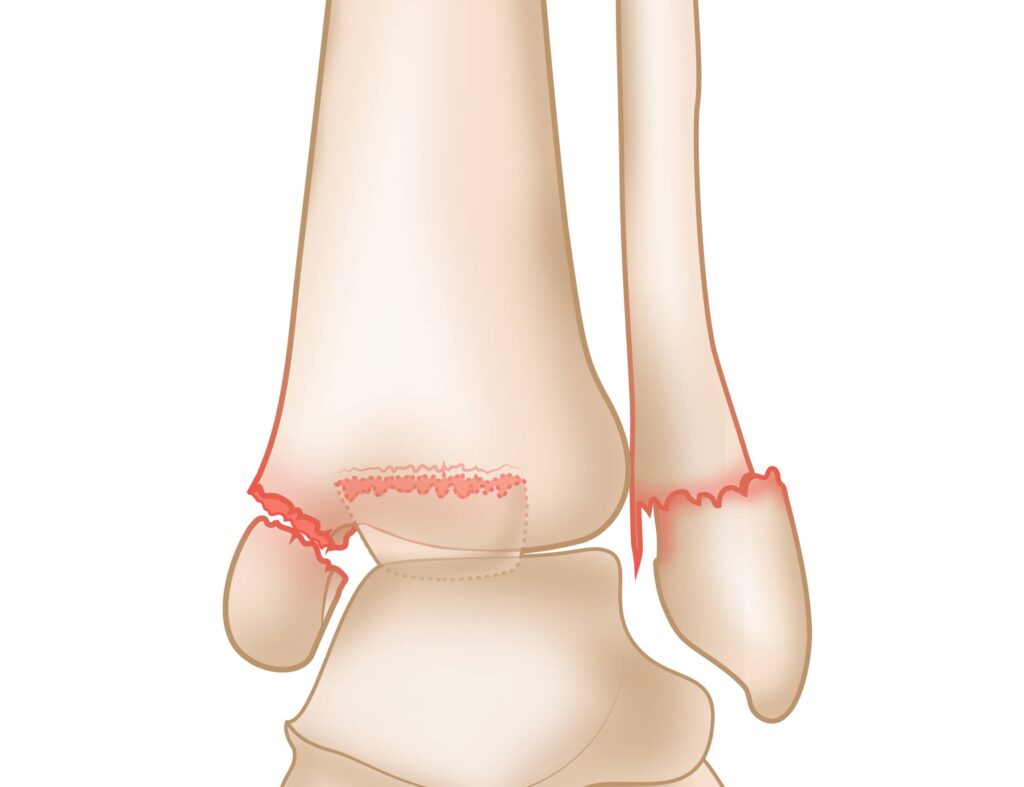
Ankle fractures can be debilitating injuries that significantly impact mobility and quality of life. At We Treat Feet Podiatry, we understand the importance of prompt and effective treatment for ankle fractures. Our team of skilled podiatrists specializes in providing comprehensive care for ankle fractures, utilizing advanced techniques and state-of-the-art technology. In this article, we will explore ankle fractures, their causes, symptoms, and the exceptional treatment options available at We Treat Feet Podiatry.
Ankle fractures occur when any of the three bones in the ankle joint, namely the tibia, fibula, or talus, break or crack. These fractures can be the result of traumatic events, such as falls, sports injuries, or accidents, or they can occur due to underlying conditions like osteoporosis. Ankle fractures can vary in severity, ranging from hairline fractures to more complex breaks.
We’re here to help! Contact our friendly staff and connect with our expert doctors
When you visit WeTreatFeet Podiatry with a suspected ankle fracture, our expert podiatrists will conduct a thorough examination and utilize diagnostic imaging, such as X-rays or MRI scans, to assess the extent of the injury. With a precise diagnosis, we can determine the most appropriate course of treatment tailored to your specific needs.
We’re here to help! Contact our friendly staff and connect with our expert doctors
We treat feet podiatry has been proud to serve the Maryland area’s Foot & Ankle needs for over 30 years! From bunions to twisted ankles to diabetic wound care and everything in between.
Our experienced team is dedicated to get you back on feet again!